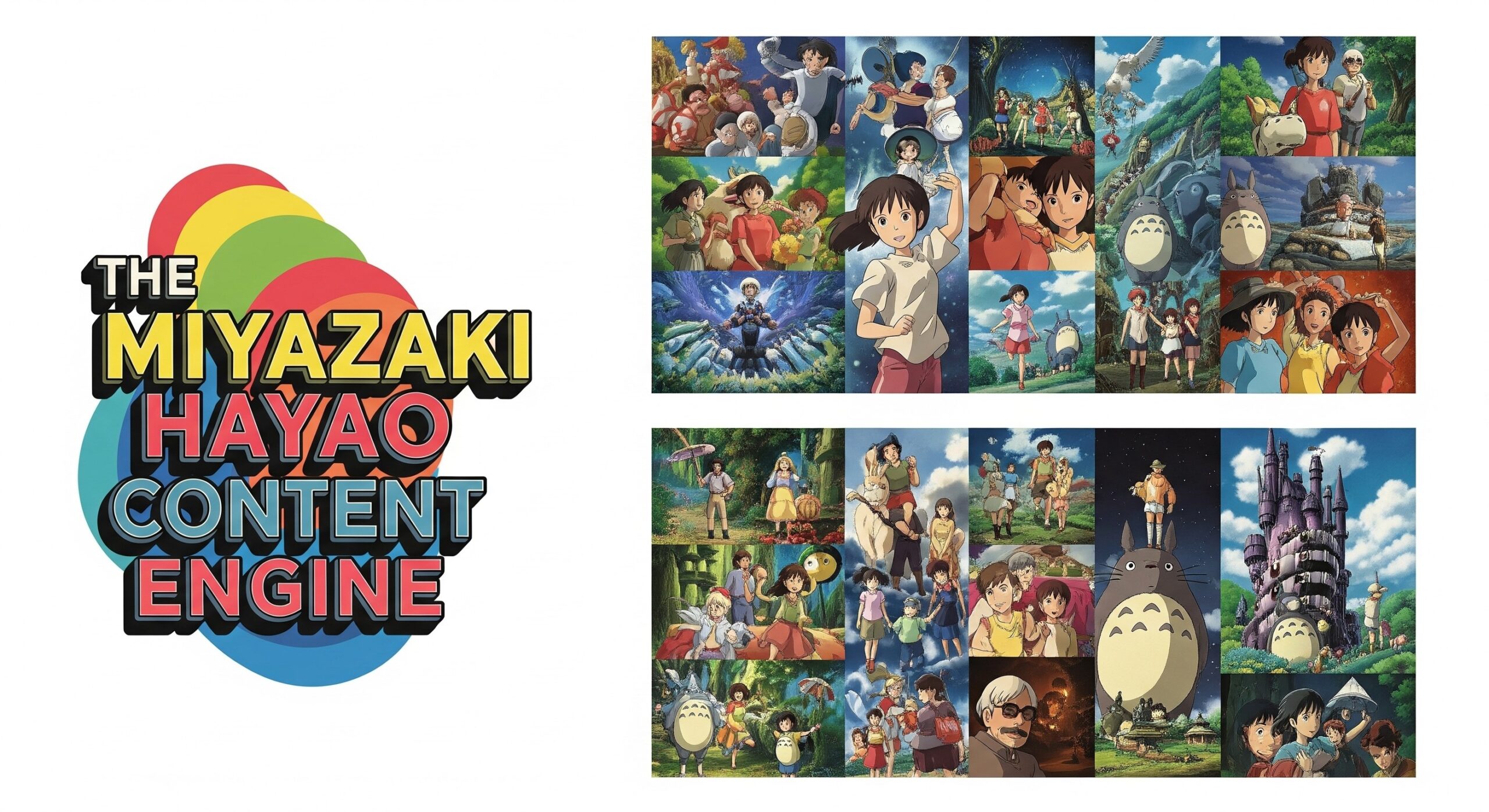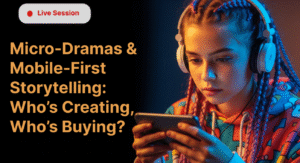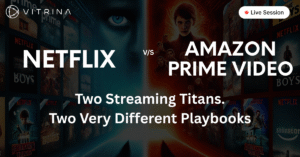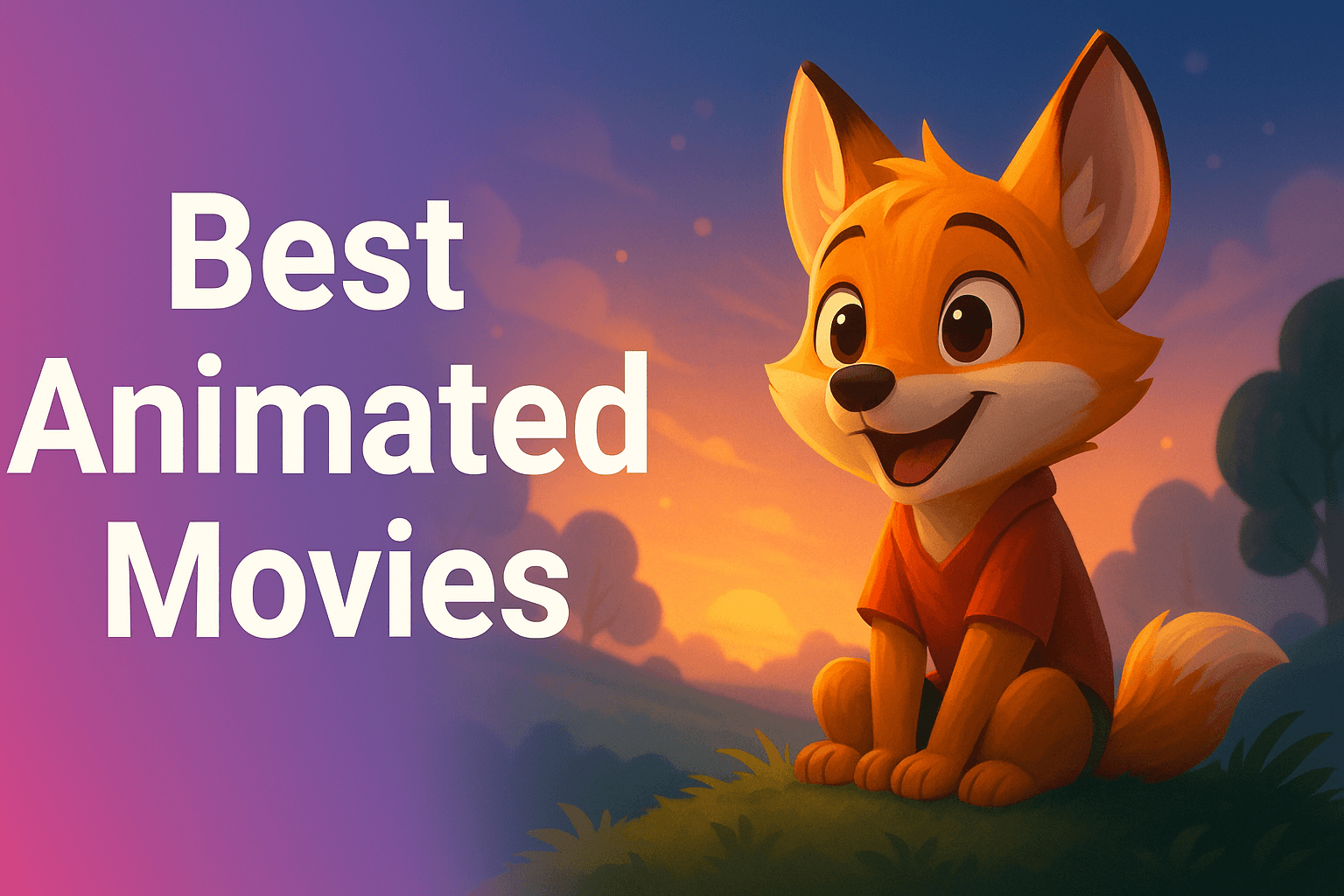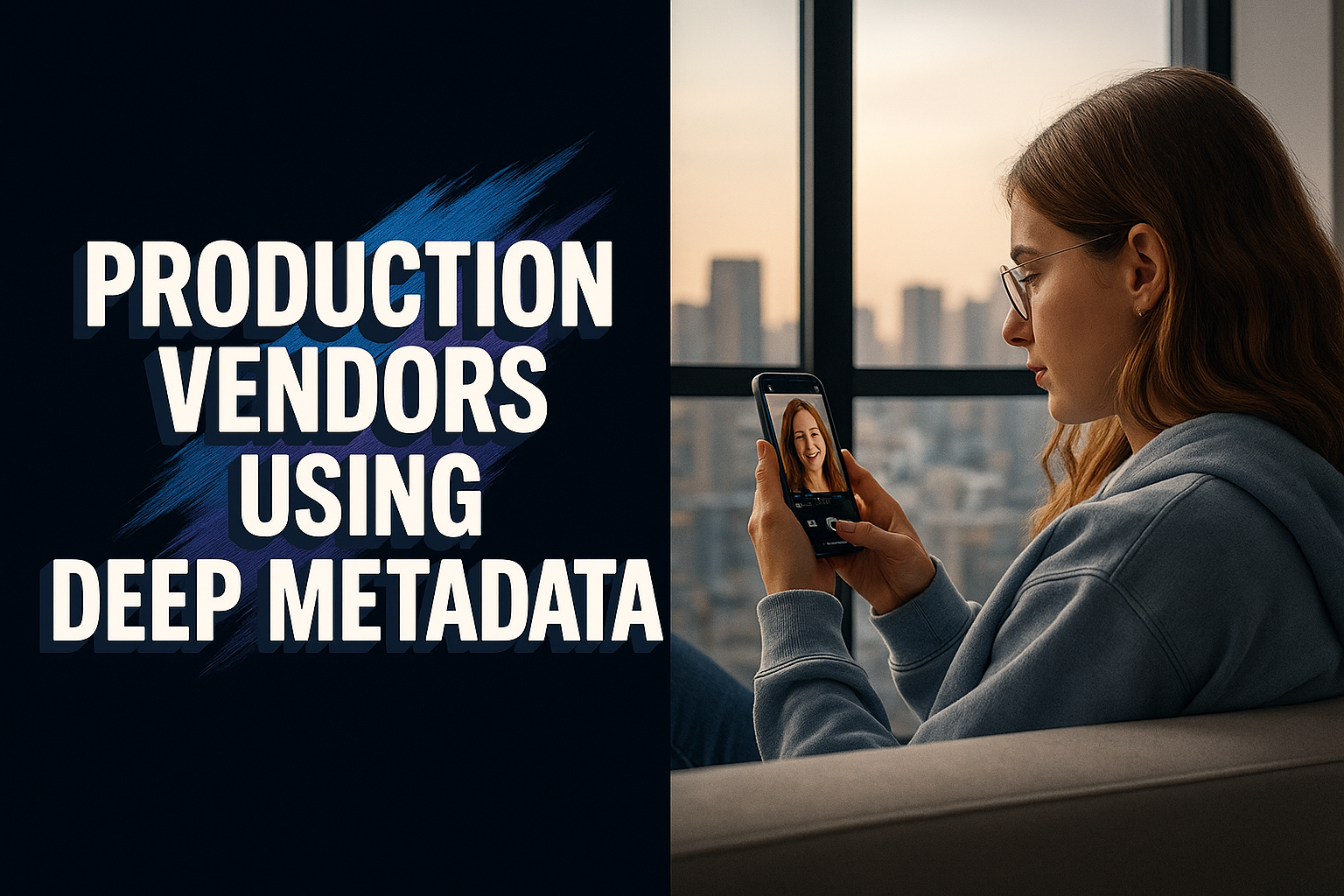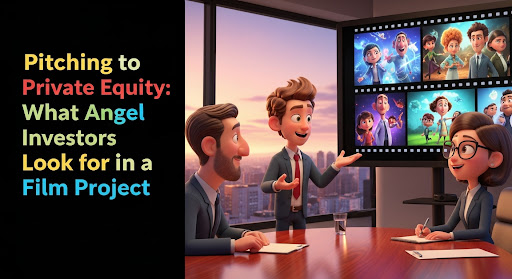Introduction
96% of Ghibli’s catalog remains evergreen across three decades. That’s not luck — it’s a content engine.
Most media catalogs fade fast. But Hayao Miyazaki built a storytelling machine that keeps selling, licensing, and enchanting generation after generation.
From secrecy-led marketing to disciplined production, this wasn’t art vs commerce — it was a masterclass in content strategy.
I’ll show you how the Miyazaki Hayao Content Engine offers timeless playbooks for today’s media CXOs — from library-building to global partnerships.
Key Takeaways
| Topic | Description |
|---|---|
| Auteur + Studio Flywheel | How Ghibli scaled IP with discipline and mystery |
| Licensing Playbook | What Netflix, Disney, and HBO Max saw in the catalog |
| Storytelling That Travels | The deep themes that fuel export-ready content |
| Production as Brand | Why slow, hand-drawn work became a USP |
| Ethical Boundaries | What Ghibli tells us about AI and creative IP |
| Action for CXOs | How to Ghiblify your own licensing strategy |
Map Global Studios Like Ghibli

The Auteur & Studio Engine
What is Miyazaki’s content engine?
Think: a tightly run ship where creative vision isn’t diluted — it’s operationalized. Miyazaki’s “auteur branding” allowed Studio Ghibli to function like a prestige label.
No big trailers, no spoilers, just reputation. Ghibli’s poster-only marketing and secrecy-first hype model built intrigue — and trust. It’s the anti-hype hype engine.
Iconic Library & Licensing Strategy
How did Ghibli build global licensing?
Simple: make content that endures, then make it scarce. Ghibli’s initial deal with Disney gave it international cred. Later, Netflix acquired global streaming rights (excluding US/Japan), while HBO Max secured domestic streams.
Why the frenzy? Because Ghibli films have deep library value — they generate long-tail revenue, cultural relevance, and syndication opportunities for decades.
Signature Themes & Storytelling
What themes define Miyazaki films?
Empowered heroines. Environmental reverence. The stillness of “Ma.” Each film becomes a self-contained myth with global resonance. These aren’t just stories — they’re high-context worlds. Perfect for export.
Thematic consistency is why even non-Japanese audiences immediately get what a “Ghibli movie” feels like. CXOs looking to scale globally? Bake theme into brand DNA.
Explore the Ghibli Model

Production Discipline as Bottleneck
Why hand-drawn over scale production?
Studio Ghibli famously rejected mass production in favor of craft. Their hand-drawn animation pipeline wasn’t a bottleneck — it was the brand. The result? Unique visual IP that’s impossible to replicate. Compare that to studio outputs today where scale trumps style.
For CXOs, this is a reminder: production discipline is strategic differentiation.
Ethical Boundaries & AI Challenges
What about AI‑generated Ghibli style?
As “Ghiblified” fan art explodes via AI tools, Ghibli’s legacy raises hard questions. Is mimicry homage or theft?
When derivative content can be generated en masse, the value of originality — the Ghibli brand — increases. CXOs must define where their IP draws the ethical line. Miyazaki once said: “I strongly feel that this is an insult to life itself.”
Applying the Engine for CXOs
How can media CXOs adopt Miyazaki’s model?
- Centralize discovery across markets: Like Ghibli’s control over its pipeline, use tools like Project Tracker for global project visibility.
- Build IP libraries that travel: Prioritize theme consistency and localization readiness. Metadata matters.
- Vet partners beyond price: Ghibli aligned with distributors that respected its creative ethos — so should you.
- Design for long-tail monetization: Think beyond launch. What’s your Spirited Away moment ten years from now?
Conclusion
The Miyazaki Hayao Content Engine isn’t nostalgia — it’s a strategic framework.
From auteur branding to cross-border licensing, it shows how creative integrity fuels commercial longevity. For CXOs navigating an AI-saturated, speed-obsessed market, Ghibli’s model is the case study to beat.Get Your Vitrina Membership Today
Frequently Asked Questions
A repeatable, strategic approach to content creation, distribution, and monetization — like how Studio Ghibli builds timeless value with every release.
From early deals with Disney to streaming rights split between Netflix and HBO Max, Ghibli balanced reach with brand control.
Accurate metadata accelerates discoverability, syndication, and compliance — critical for CXOs managing cross-border IP.
Vitrina.ai centralizes content acquisition, partner discovery, and global deal visibility — giving CXOs Netflix-level catalog foresight.
























